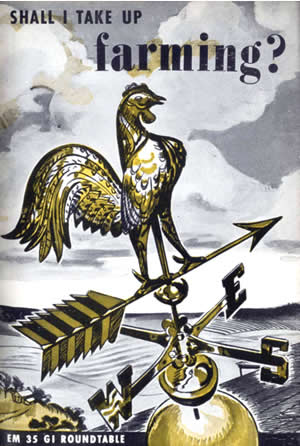Santosh Menon
What’s with farming these days? The humble, even if slightly romantic vocation, is attracting a new breed of participants as investing in farmland and agriculture becomes the latest fad in the world of investments.
With financial markets in tumoil and commodity prices at record highs, traditional financial players such as investment banks and hedge funds, and even sovereign wealth funds of cash-rich emerging economies are increasingly looking at farm land as the next major investment avenue.
The motivations are varied — from pure financial punting to concerns about food security. Underlying all this is the belief that the rapid economic expansion of China and India could add more than a billion people between them to the ranks of consumers of meat and wheat-based products. And then there is the growing demand for land to grow crops for biofuels.
Morgan Stanley has bought some 40,000 hectares of land in Ukraine, while the New York Times reported this month that Calyx Agro, a division of the giant Louis Dreyfus Commodities, is buying tens of thousands of acres of cropland in Brazil.
Chinese firms are said to be locking up farmland and mineral reserves in Africa, while Saudi Arabia and Bahrain plan to grow strategic grains abroad to protect their countries from crises in world food supply.
According to Asia Times, Pakistan’s Prime Minister Yousaf Gillani during a visit to Saudi Arabia in early June sought $6 billion in financial and oil aid in return for hundreds of thousands of acres of agricultural land, which could be tilled by the Saudis.
All this could present some poor countries with both opportunities and threats. With oil prices at near record highs, they could trade their energy security with the food security needs of their investors and bring millions of acres of non-arable land into use. But contract farming could just as easily boomerang if high prices and domestic food shortages create a backlash against such barter deals.












